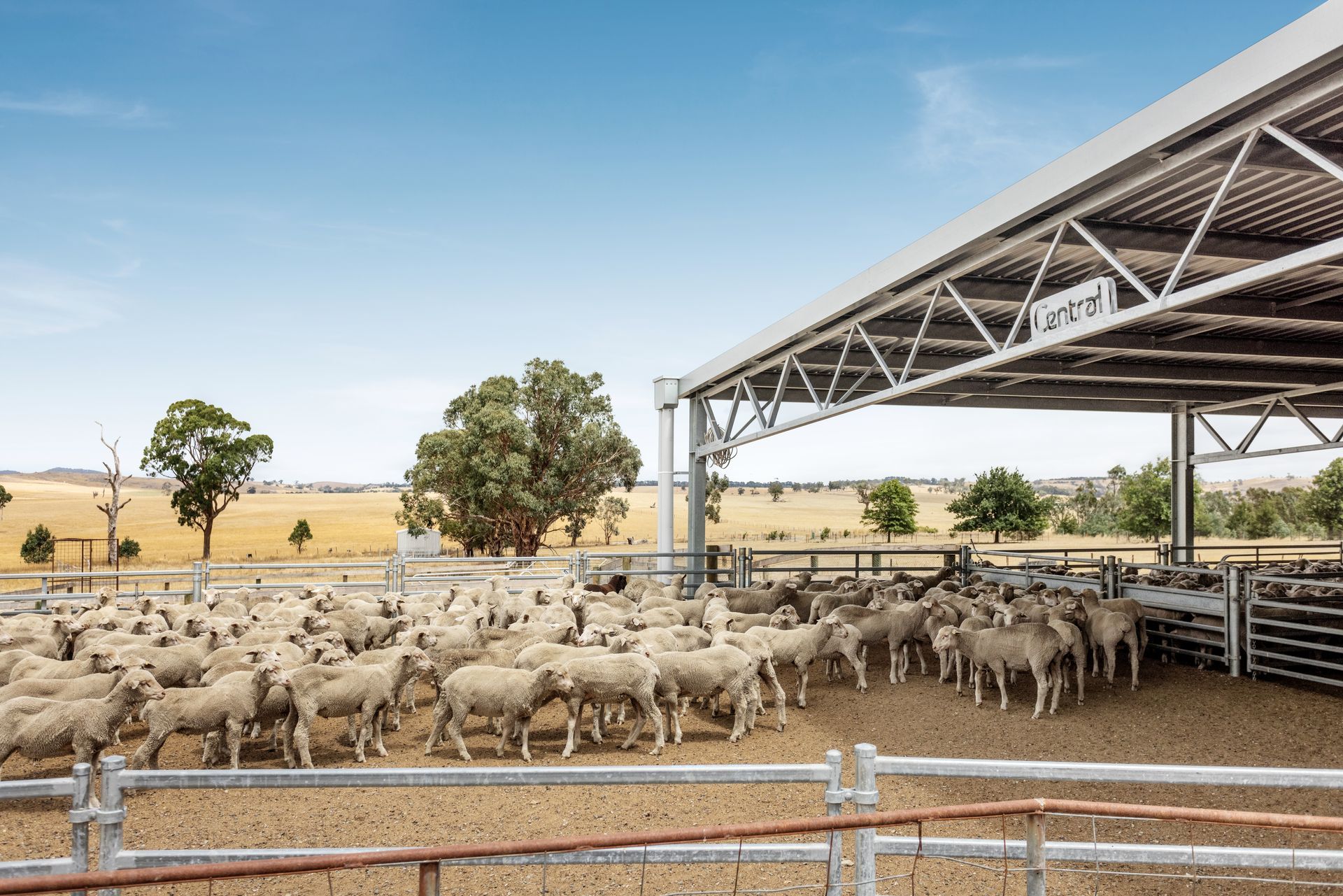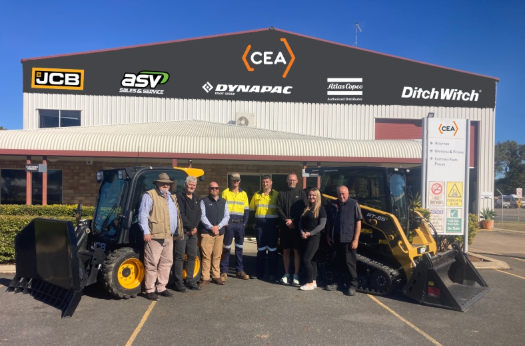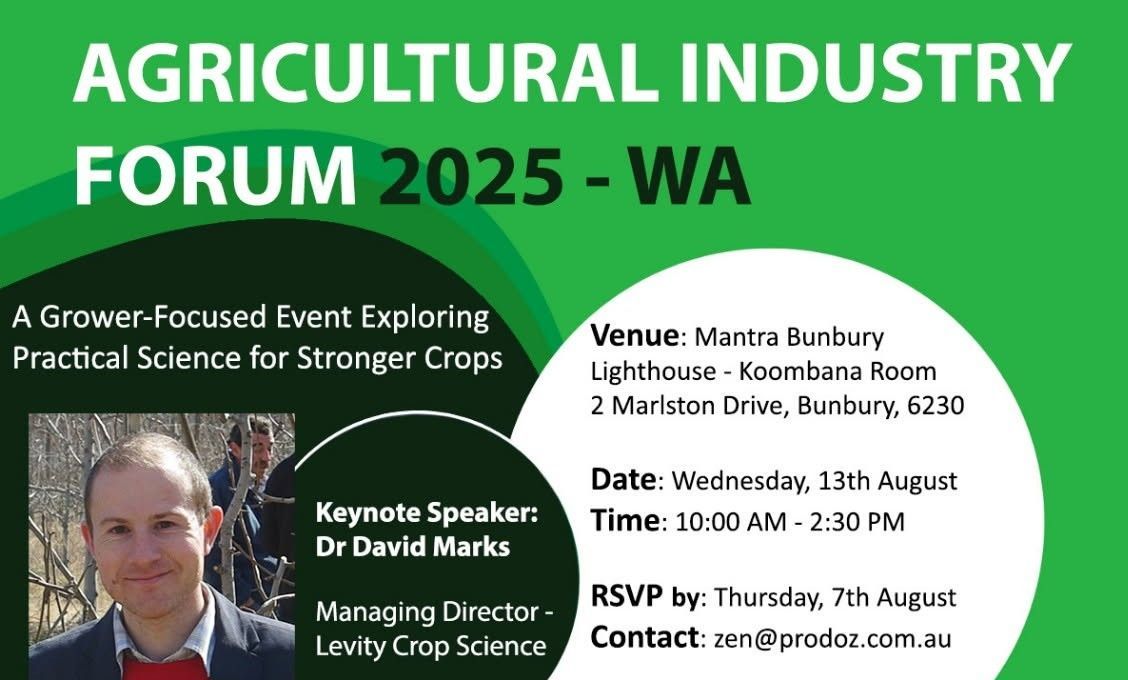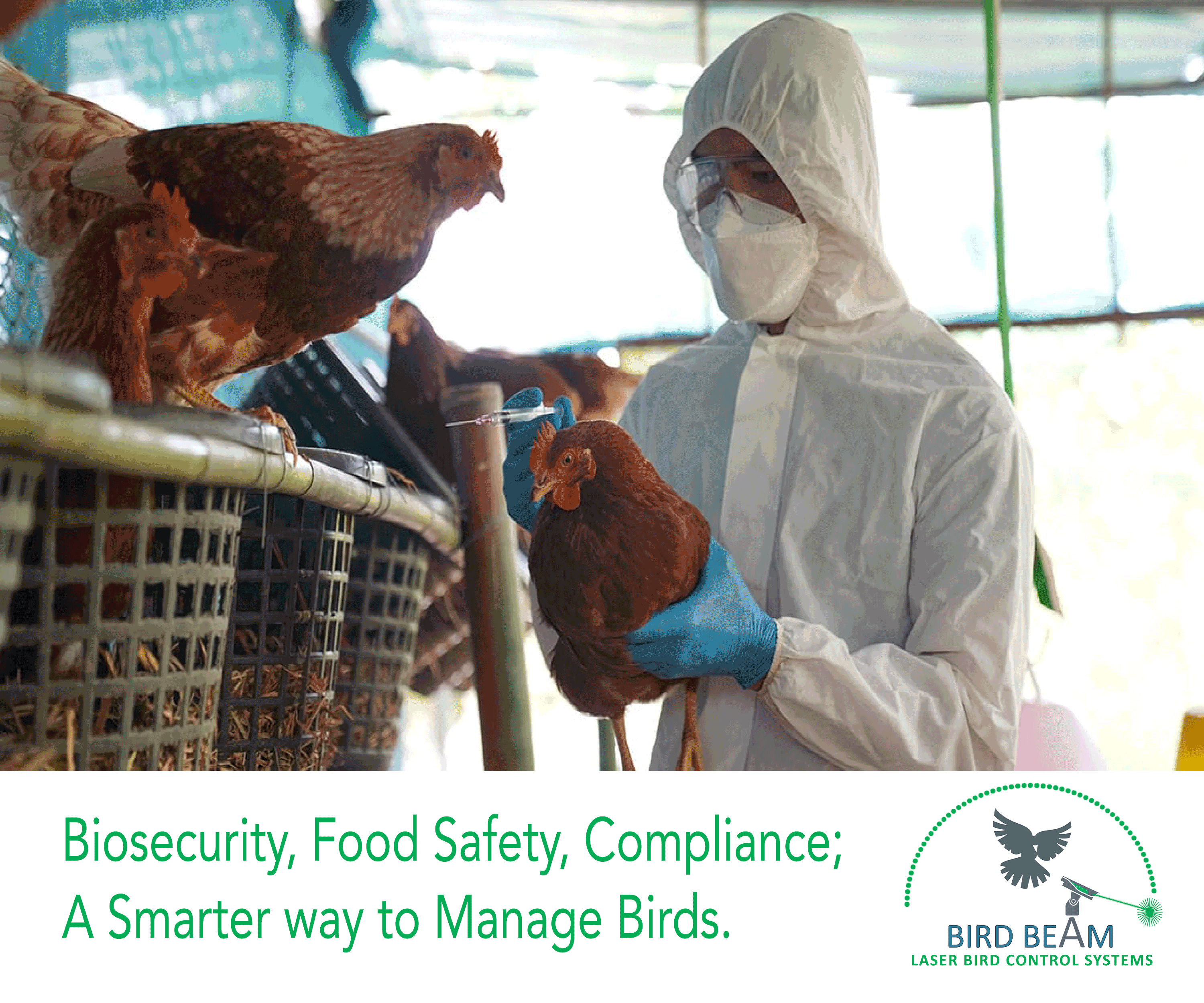1MG FlippingBooks
Urban sprawl needs to managed for sustainable agriculture
Elizabeth Gracie

A new report from Primary Producers South Australia and South Australian mixed farmer James Stacey has called for better urban planning systems to walk the tightrope between a population and agriculture needs.
Urban sprawl, the tendency for cities to grow outwards into suburbs, can impact livelihoods as arable land is sacrificed to accommodate new homes.
Stacey’s research examines how agriculture would be able to continue existing in peri-urban zones. He says,“I was motivated to undertake this research after experiencing firsthand the pressures placed on productive agriculture land by urban developments.”
Stacey, who is a Nuffield Australia 2018 Scholar, travelled to 11 different countries to investigate how different jurisdictions are managing land use with growing populations.
After visiting China, New Zealand, Canada and the US and meeting with farmers he was able to assess where and how planning systems and laws had successfully maintained a strong agricultural sector in peri urban zones.
A good example of this is the Chinese land consolidation policy which sees the retainment of 85% of agricultural land as farmland whilst still encouraging urban development in the other 15%. However in an Australian context the rural population shift to urban areas would be unrealistic.
Stacey also found that there were cases where “managing increases in population density have been successful without eroding productive land around quickly expanding cities”.
Ultimately the Growing Pains report has highlighted the importance of proper land management and the potential impacts of urban sprawl on land designated for agricultural work.
“Better planning laws will not only offer land security and encourage producers to invest in their farming operations with confidence, but will also help us to better align the often competing interests of local councils, community expectations and environmental policies”, says Stacey.
NEWS

Central Steel Build is a leader in the design and construction of bespoke steel structures for agriculture and beyond. With 50 years of experience and a long list of pioneering achievements, it customises locally made, durable sheds for both on-farm use and across the agricultural supply chain, supporting clients from paddock to port.

CEA, a leading provider of equipment to the agriculture, construction, mining, earthmoving, infrastructure, defence, waste management, mining, and recycling sectors, is pleased to announce a significant expansion of its business to include two new branch locations in Central Queensland: Rockhampton and Mackay (formerly Terrequipe). This strategic move emphasises CEA's unwavering commitment to growth while reinforcing its














